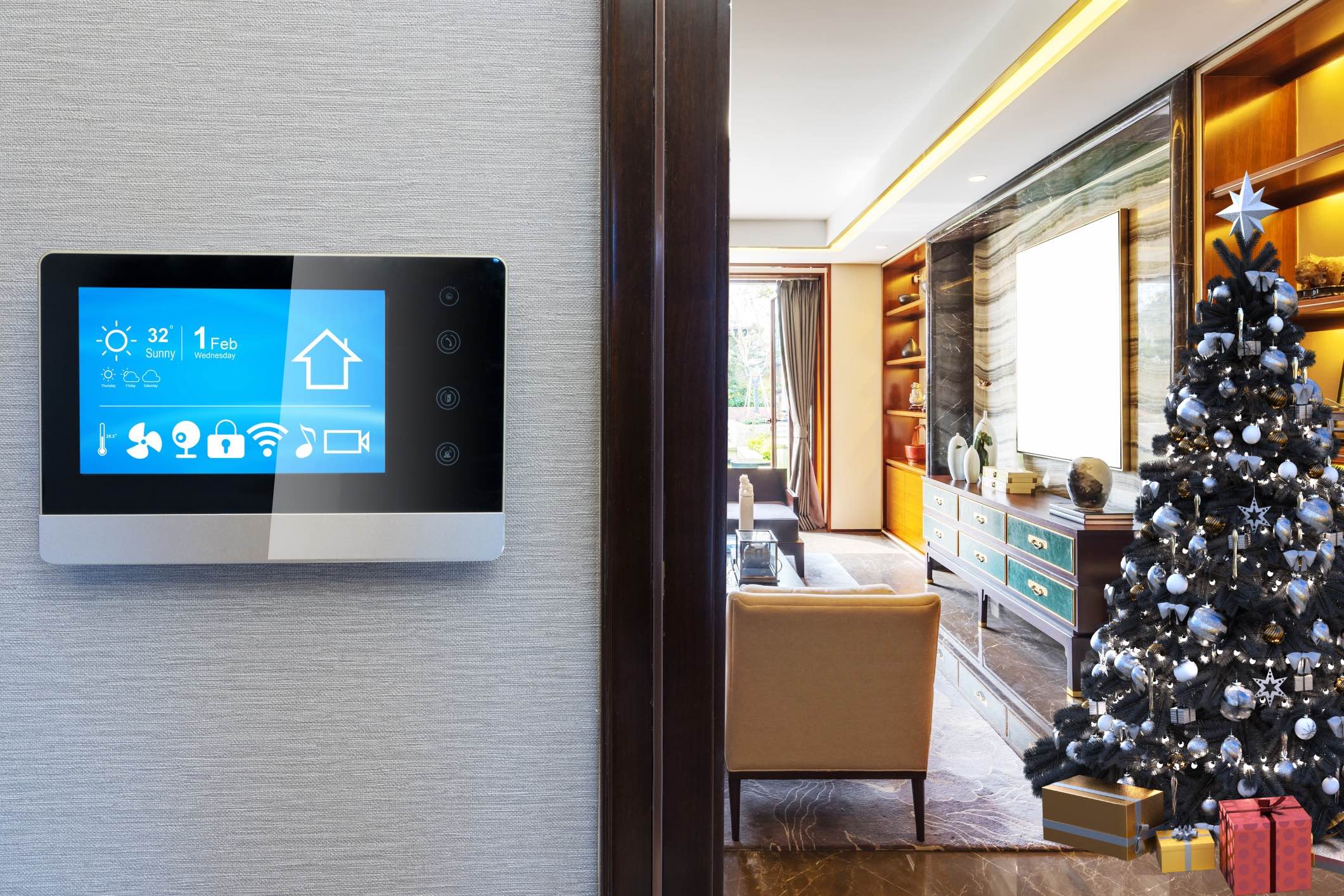
The thermostat in your home continuously monitors the temperatures that maintain indoor comfort level during all seasons. In addition, accurate temperature control has a direct relationship to the monthly costs of heating or cooling the house. However, thermostats can only do their job if they are able to sense the temperature properly, then actuate the HVAC system at the right time. Several factors can impact thermostat accuracy, such as:
- The thermostat should be placed in a central location in the house, mounted on an indoor wall in a hallway or a room that is frequently occupied.
- The thermostat should not be near HVAC vents and should be away from direct sunlight, as well as exterior doors that admit cold or hot breezes.
- If your house is a multistory structure, place the thermostat on the first floor.
- Because hot air rises in rooms, thermostats should be mounted no higher than 52 to 60 inches above the floor.
You’ll notice that most thermostats have slats that allow room air to flow freely into the unit and contact the sensors that determine accurate room temperature. Another factor that helps ensure accurate thermostat operation is making sure that indoor air continuously reaches those temperature sensors inside the thermostat.
- During the holiday season, there may be a temptation to cover the thermostat with decorations to make the room more festive. However, this may reduce the free flow of air into the unit, which affects the accuracy of the thermostat. This, in turn, affects efficient operation of your furnace, the comfort level in the home, and monthly energy costs.
- Other factors at this time of year that may affect your thermostat are holiday lights. Even the smallest string of lights emit heat which, if placed too near the thermostat, may influence air-temperature sensors inside the unit. This will also affect proper HVAC system operation and indoor comfort.
For all your indoor comfort needs, talk to the experts at Jackson & Sons.

